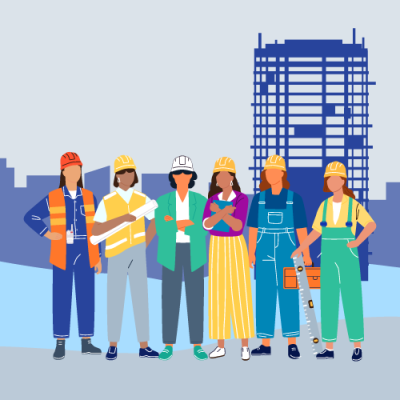The Importance of Proper Workplace Ergonomics
Thursday, August 23, 2018 Michele Pratt
Have you left work after a long day and had pain or discomfort in your neck, shoulders, or other areas where you weren’t paying attention to maintaining good posture throughout the day? Most of us have bad habits when it comes to using our phone, computer or workstation during the day. Are items that you use regularly positioned at proper height?
Statistics from 2015 attribute approximately 400,000 injuries each year to Musculoskeletal disorders and the costs are estimated at between $45-54 billion. Up to 33% of a worker’s compensation costs can be directly associated with Musculoskeletal injuries or illnesses. With all these injuries does this leave your team with a “short bench?” Workers who use physical labor in their daily activities are now often referred to as workplace athletes.
If you look at someone’s everyday duties and repetitive motions you can understand the types of accidents and injuries, they may encounter. Ergonomic injuries are not instantaneous like a bruise from a trip and fall or a cut, they accumulate over time. Some tips for preventing these injuries are simple. Are you in neutral posture? This means your back is straight, your head and neck aren’t straining to see, your elbows are at an approximately 90- degree angle and your feet are flat on the floor. If you have adjustable chairs and workstations it makes positioning yourself in a neutral way simple. If you don’t have the ability to adjust these objects, try to utilize some engineering controls to assist. It could be a simple as raising your computer screen with a few books to maintain proper height.
In recently conducting an ergonomic assessment of approximately 60 office workers I noticed some common corrections and suggestions:
- Workers don’t change positions often enough and don’t take eye breaks to prevent eye strain. Most of the time a break away from your computer is a break to check your phone and that certainly doesn’t give your eyes a break.
- Pay attention to your body and if you feel a strain on your neck, wrists or knees talk to your employer about making reasonable accommodations to help you work effectively.




.jpg)